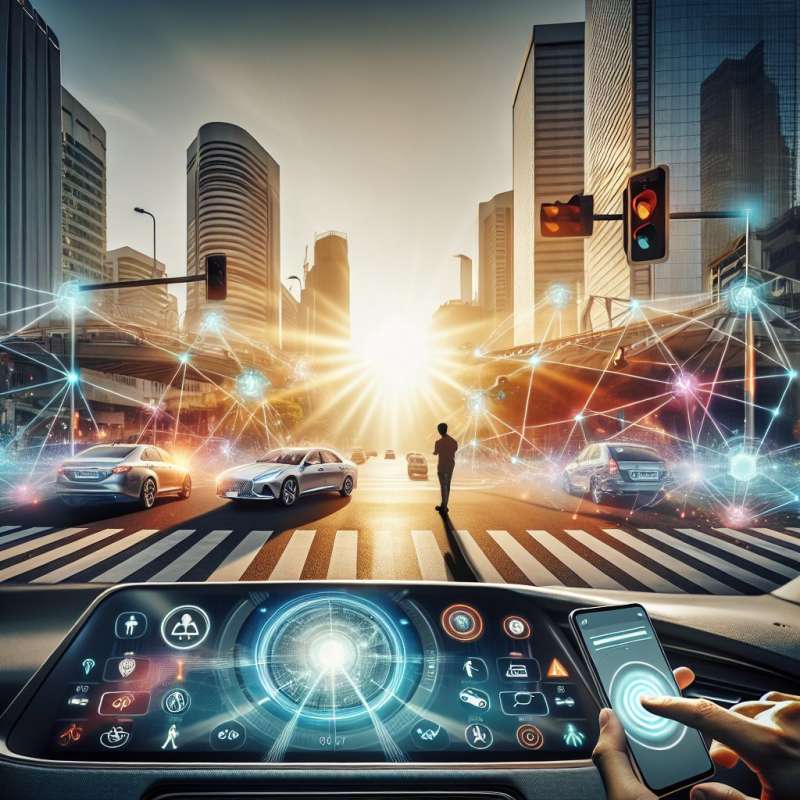
Autonomous Driving Overview
Autonomous driving refers to vehicles that can operate without human intervention. These vehicles use a combination of sensors, cameras, AI, and GPS to navigate roads safely and efficiently, transforming the future of transportation.
Levels of Autonomy
The Society of Automotive Engineers defines 0 to 5 autonomy levels. Level 0 has no automation, while Level 5 requires no human attention. Most consumer vehicles are at Level 2 or 3, offering assistance but not full automation.
Sensor Fusion Technology
Sensor fusion combines data from various sensors like LIDAR, radar, and cameras to create a comprehensive view of the vehicle's surroundings, enhancing decision-making accuracy for safer autonomous operations.
AI and Machine Learning
AI and Machine Learning are pivotal in autonomous driving, enabling vehicles to make real-time decisions, learn from past experiences, and predict human driver behavior, thereby improving safety and traffic flow.
V2X Communication
Vehicle-to-Everything (V2X) communication allows vehicles to interact with traffic infrastructure, other vehicles, and pedestrians, increasing situational awareness and reducing collisions.
Ethical and Legal Challenges
Autonomous vehicles present complex ethical dilemmas in unavoidable crash situations, raising questions about programmed decision-making. Legal frameworks are also evolving to address liability and regulatory standards.
Autonomous Driving Impact
Autonomous vehicles could significantly reduce traffic accidents, lower emissions through optimized driving, and provide mobility for those unable to drive, ushering in a new era of transportation.
What enables autonomous vehicles to navigate?
Sensors, AI, GPS
Manual controls
Fixed routes
Company